From serene valleys to towering summits, every step is a story
Trailblaze Your Journey
Best Seller for 2025,2026,2027
 Booking Open for 2025, 2026, 2027
Booking Open for 2025, 2026, 2027Everest Region, Nepal
16 Days
Everest Base Camp Leisurely Trek - 16 Days
Difficulty: Easy
Max. Altitude: 5455 (kala Patthar)
Pricing Starting From
US$ 1999
US$ 1699/ person
8 Reviews
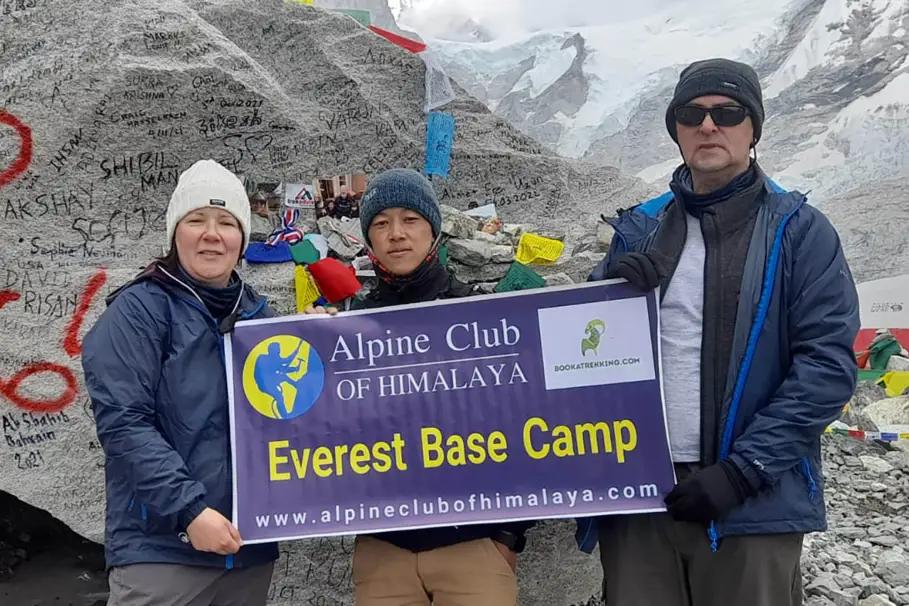 Booking Open for 2025, 2026, 2027
Booking Open for 2025, 2026, 2027Everest Region, Nepal
12 Days
Everest Base Camp Short Trek - 12 Days
Difficulty: Easy
Max. Altitude: 5436 (Everest Base Camp)
Pricing Starting From
US$ 1799
US$ 1599/ person
2 Reviews
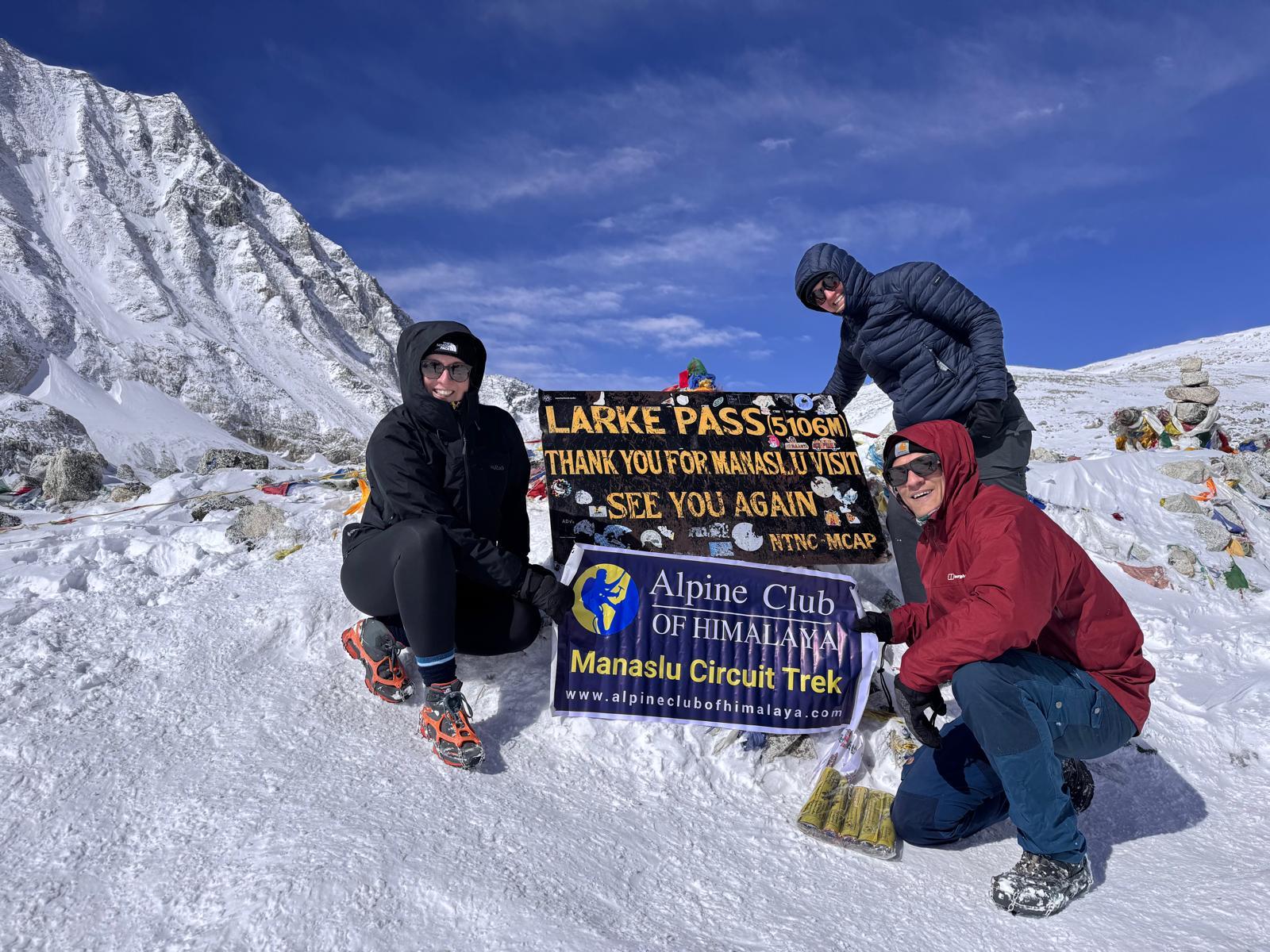 Booking Open for 2025, 2026, 2027
Booking Open for 2025, 2026, 2027Manaslu Region, Nepal
13 Days
Manaslu Circuit Trek - 13 Days
Difficulty: Easy
Max. Altitude: 5125m
Pricing Starting From
US$ 1699
US$ 1499/ person
3 Reviews
 Booking Open for 2025, 2026, 2027
Booking Open for 2025, 2026, 2027Manaslu Region, Nepal
14-Days
Manaslu Circuit Trek - 14 Days
Difficulty: Easy
Max. Altitude: 5,160 m
Pricing Starting From
US$ 1799
US$ 1499/ person
7 Reviews
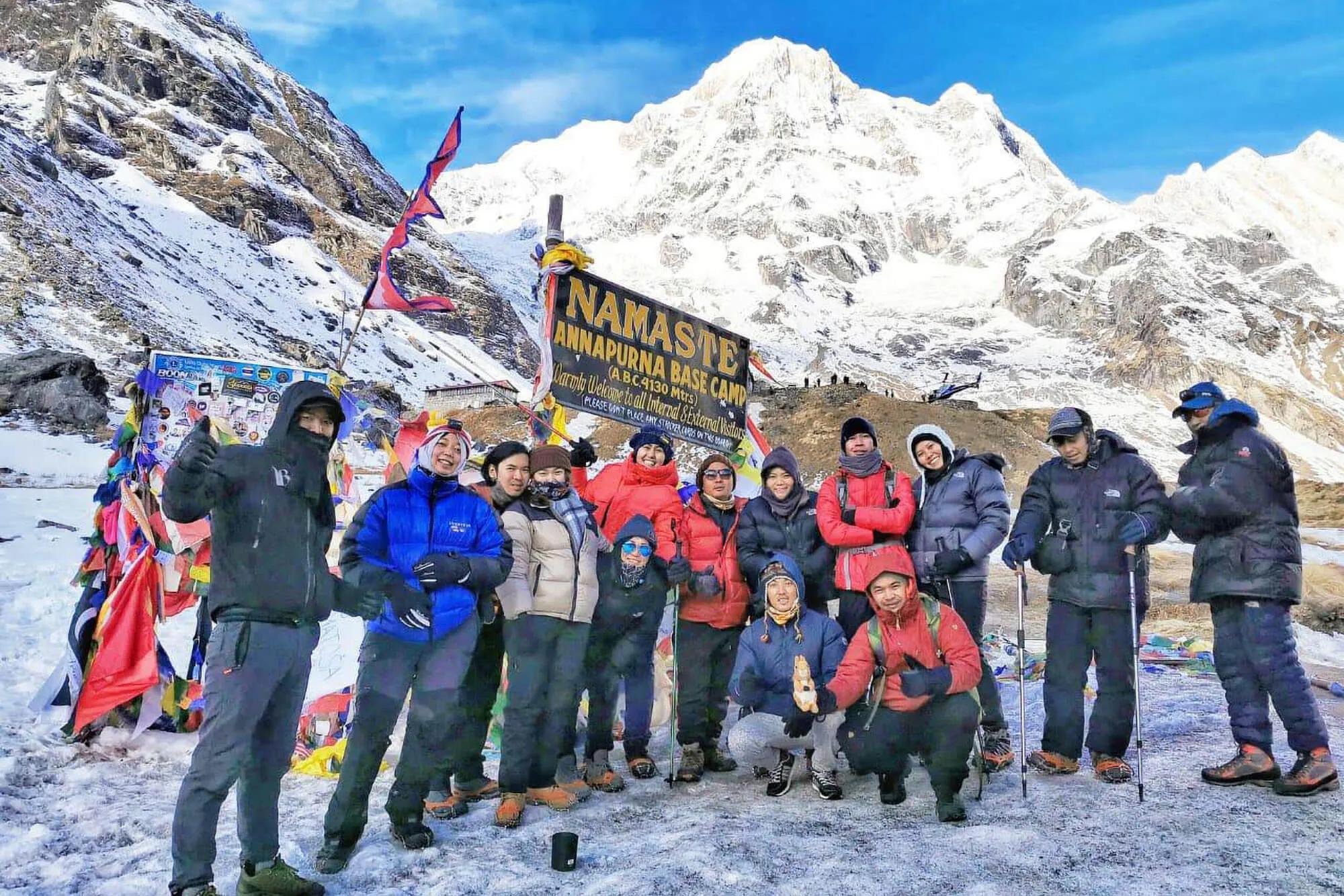 Booking Open for 2025, 2026, 2027
Booking Open for 2025, 2026, 2027Annapurna Region, Nepal
11 Days
Annapurna Base Camp Trek – 11 Days
Difficulty: Easy
Max. Altitude: Annapurna Base Camp (4,130m/13,545ft)
Pricing Starting From
US$ 1499
US$ 1199/ person
15 Reviews
 Booking Open for 2025, 2026, 2027
Booking Open for 2025, 2026, 2027Annapurna Region, Nepal
18 Days
Annapurna Circuit with Tilicho Lake Trek – 18 Days
Difficulty: Strenuous
Max. Altitude: 5416m (Thorong La Pass)
Pricing Starting From
US$ 2099
US$ 1799/ person
2 Reviews
Join Last Minute/Fixed Departure
Here are the upcoming departure dates. Please, feel free to book this trip with confidence, and for custom trips or general inquiries don't hesitate to contact us.
Why Alpine Club Of Himalaya?


22+ Years of Experience in trekking, climbing, hiking, city and inter-city tours, mountain flights, and adventures across Bhutan and Tibet.
Excellent Reputation with 700+ positive Tripadvisor reviews and high ratings across major OTAs.
200+ Customizable Holiday Packages tailored to diverse interests and travel styles.
Guaranteed Departures with a 99% success rate and 80% repeat customer rate.
Competitive Pricing that ensures great value for money.
Multilingual, Professional Guides—highly trained and experienced in both trekking and cultural tours.
22 Years+
Experience
700+
Experience
Best Price
Guaranteed
More Than
200 Trips
Peak Climbing In Nepal
"Conquering Nepal's peaks is not just about reaching the summit but discovering the strength within and the beauty beyond."
Destination
"Discovery the world's beauty"
 Booking Open for 2025, 2026, 2027
Booking Open for 2025, 2026, 2027Everest Region, Nepal
16 Days
Everest Base Camp Leisurely Trek - 16 Days
Difficulty: Easy
Max. Altitude: 5455 (kala Patthar)
Pricing Starting From
US$ 1999
US$ 1699/ person
8 Reviews
 Booking Open for 2025, 2026, 2027
Booking Open for 2025, 2026, 2027Everest Region, Nepal
12 Days
Everest Base Camp Short Trek - 12 Days
Difficulty: Easy
Max. Altitude: 5436 (Everest Base Camp)
Pricing Starting From
US$ 1799
US$ 1599/ person
2 Reviews
 Booking Open for 2025, 2026, 2027
Booking Open for 2025, 2026, 2027Everest Region, Nepal
19 Days
Gokyo Lake and Everest Base Camp Trek – 19 Days
Difficulty: Strenuous
Max. Altitude: 5364 (Everest Base Camp)
Pricing Starting From
US$ 2599
US$ 2299/ person
3 Reviews
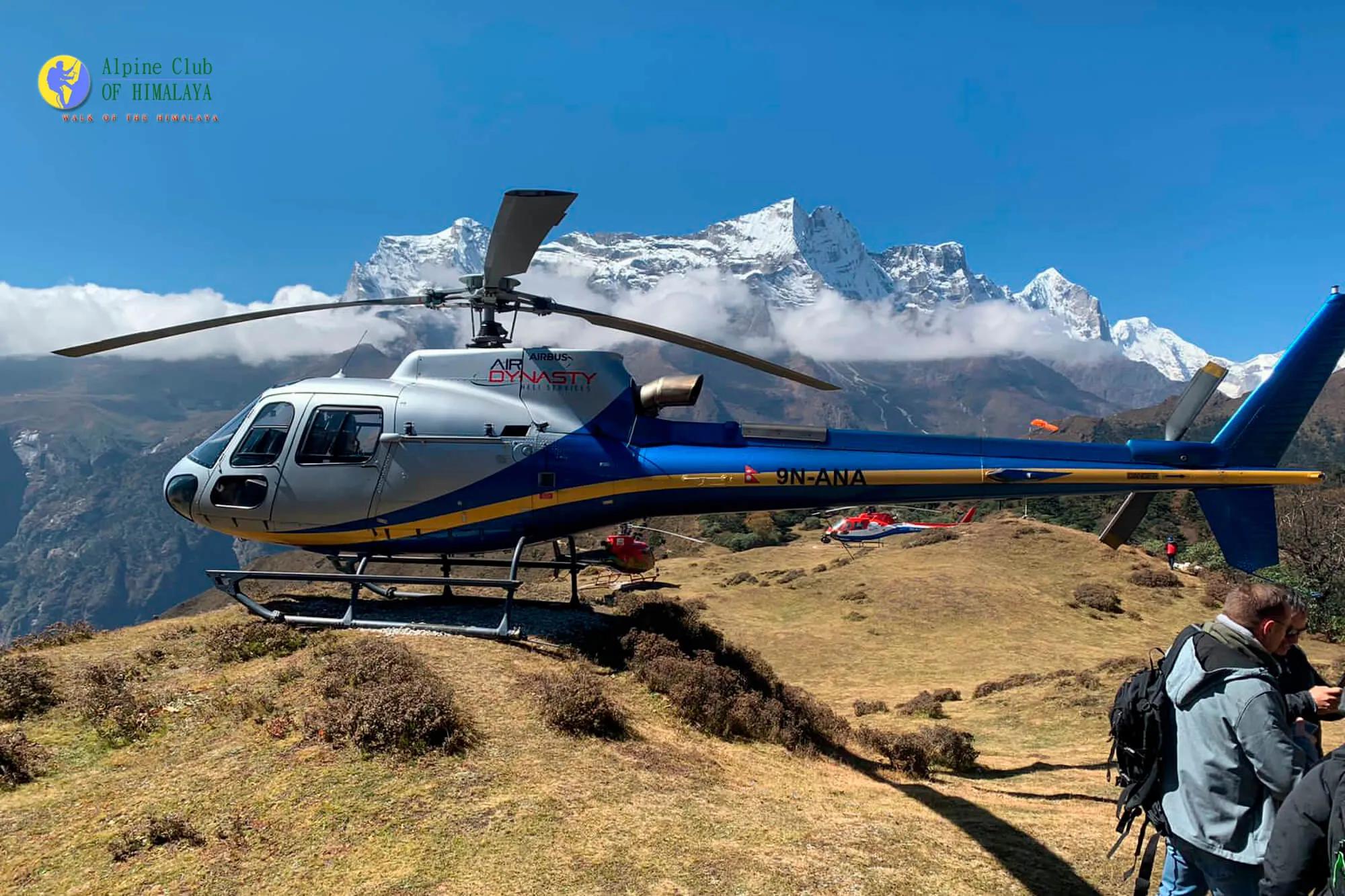 Booking Open for 2025, 2026, 2027
Booking Open for 2025, 2026, 2027Everest Region, Nepal
7 Days
Everest Base Camp Trek And Helicopter Back - 7 Days
Difficulty: Easy
Max. Altitude: 5364 (Everest Base Camp)
Pricing Starting From
US$ 2399
US$ 2099/ person
3 Reviews
 Booking Open for 2025, 2026, 2027
Booking Open for 2025, 2026, 2027Annapurna Region, Nepal
11 Days
Annapurna Base Camp Trek – 11 Days
Difficulty: Easy
Max. Altitude: Annapurna Base Camp (4,130m/13,545ft)
Pricing Starting From
US$ 1499
US$ 1199/ person
15 Reviews
 Booking Open for 2025, 2026, 2027
Booking Open for 2025, 2026, 2027Manaslu Region, Nepal
14-Days
Manaslu Circuit Trek - 14 Days
Difficulty: Easy
Max. Altitude: 5,160 m
Pricing Starting From
US$ 1799
US$ 1499/ person
7 Reviews
Trekking Region In Nepal
Discover the wonders of the Himalayas and experience the breathtaking beauty of trekking through Nepal's stunning regions.
Adventure Awaits! Discover Our Activities
Explore a world of excitment with our carefully curated experiences
Recent Accomplishments!
Congratulations to our recent traveler for their accomplishments.
Hear what our travelers have to say about their experience with Alpine Club of Himalaya

Nepal
Sep 5, 2023
Everest Base Camp and Gokyo Lake Trek

Nepal
Jun 5, 2022
Gokyo and Everest Base Camp Trek

Nepal
May 17, 2022
Thorong-La Pass Trek
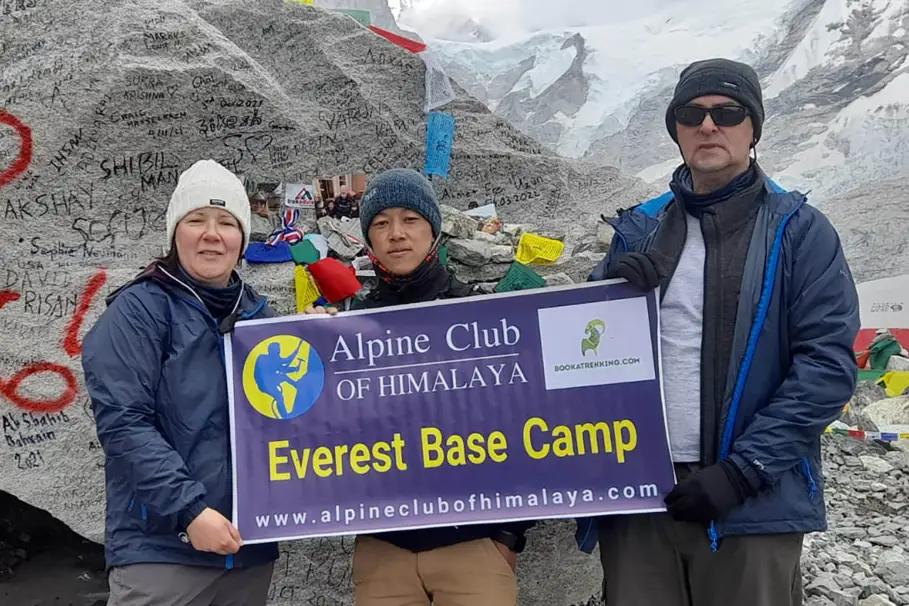
Nepal
Apr 26, 2022
Everest Base Camp Trek

Nepal
Jan 10, 2021
Tilicho Lake Trek | Annapurna Trek | Kathmandu sightseeing
Traveler Reviews
The reviews provided here are genuine and detailed, shared by travelers who have previously journeyed with Alpine Club of Himalaya. These testimonials are sourced from trusted travel platforms such as TripAdvisor and Google
Incredibly Fast and Extremely Rewarding
The 5-day Everest Base Camp Short Trek was intense but absolutely worth it. The helicopter-assisted itinerary made it possible to experience Everest in a very short time. The views were breathtaking, and the team handled everything professionally.
Perfectly Organized and Truly Scenic Trek
This shortened Annapurna Circuit itinerary was extremely well planned. Acclimatization days were just right, and the guides were attentive to everyone’s needs. The views from Thorong La were breathtaking.
The Best Way to See Everest
I loved how comfortable the accommodations were. After long trekking days, it was such a relief to relax in a cozy room with great food.
Fast, Challenging, and Perfect for Fit Trekkers
This short EBC trek is not easy, but it’s ideal if you’re fit and short on time. The scenery was spectacular every day, and the support team ensured proper acclimatization throughout the journey.
Perfect for Experienced and Time-Limited Trekkers
This rapid trek is not for beginners, but if you’re fit and short on time, it’s fantastic. The guide managed our pace carefully and ensured proper acclimatization. Kala Patthar sunrise was unforgettable.
Every Day Was a Highlight
Twelve days flew by. The scenery constantly shifted from rice fields to glaciers, and the daily trekking pace was comfortable. Our crew took excellent care of us, and I felt supported throughout the journey.
Recent From Our Blog
Places of attractions, travel tips and activities to do in and around Nepal

Wed Dec 31 2025
Visa-Free Access to Mount Kailash Mansarovar Yatra: Legal Framework, Permits, and Nationality-Based Regulations

Mon Dec 29 2025
Trekking in Nepal with Swiss Trekkers: Everest Base Camp as a Structured Himalayan Journey

Mon Dec 29 2025
Trekking in Nepal with Australian Trekkers: Everest Base Camp as a Structured Himalayan Journey
Awards And Recognition
Discover our awards and recognition that highlight our commitment to delivering exceptional travel and trekking experiences




We Accept Cards
Office of the company registrar License: 66813/066/067 || Tourism Industry Division License:1142
All content and photography within our website is copyright & may not be reproduced without our permission.
Develop By: IT Sansaar






















